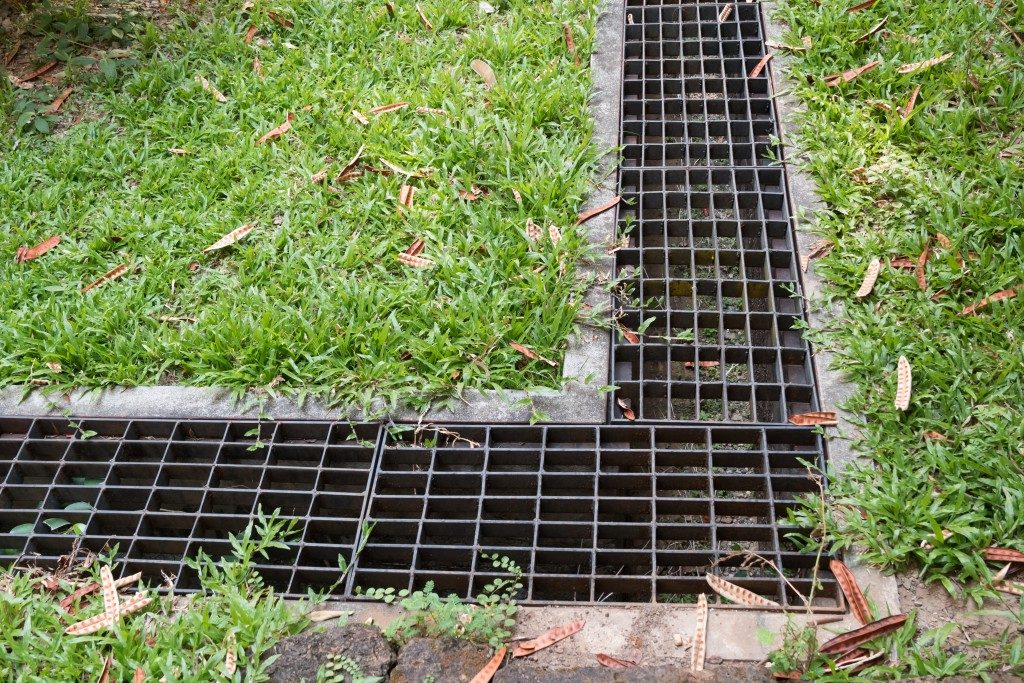Working systems in residential and commercial property make daily operations run smoothly. Any malfunction or interference is bound to cause general disturbance and damage. The drainage system is a significant part of any property and it affects both indoor and outdoor operations. When designing the outdoors, identifying the water patterns and considering the landscape design are essential. They determine how well the drainage works and if it will require corrective measures for the water to flow in the right direction later. Some of the things that may cause outdoor drainage problems include:
Improper Gutter Installation
Faulty gutter spouts empty in the wrong places. If the water ends up in bed areas, it will lead to saturation around the plants and the house. Other common issues arising from this include getting water on the paving, resulting in drainage problems. When the installation is right, the downspouts divert water away from the house while preventing it from staying in just one area. To correct this, have professionals redirect the gutters, so the water goes downhill after pouring. They could also re-channel it to the areas where it is needed.

Issues with the Foundation
In construction, a lot goes into laying the foundation. Any issue affecting it is likely to affect the rest of the building. Inefficient elevation leads to various problems. The consequences of these may be disastrous. For example, the outdoor drainage will take a toll on the foundation, resulting in foundation failure. Other related issues that may occur include damage to the interior finishing and growth of mold in the house.
To mitigate these and other arising issues, create an alternative place for the water to drain, so it stops pooling around the house. A sub-surface drainage system consisting of pipes drawing water from a catch basin will go a long way.
Soggy Spots
Some trouble spots remain wet and soggy. Such areas are found in large depressions where water drains or where underground springs have fractured and are emerging on your lawn. One way to handle this is by getting the water away from the area. Another option is to create a garden using water-loving plants as part of your landscape.

Interference with the Natural Water Flow
When you allow water to take its natural course, it becomes easy for it to move downhill. However, if there is interference, there is some resistant force that could cause damage to the surroundings. Landscape beds, if not well-designed, may become an impediment to drainage. Engaging professional landscapers in the design process and hiring reputable lawn service companies for maintenance will ensure that you adopt a natural flow mechanism that encourages efficient drainage.
Improper Grading
Terrace, walkways, driveways, and the pool deck play an essential role in your landscape. However, if the sloping is not right, these solid surfaces will hinder water drainage. As a result, you will have areas that hold water, resulting in marshy segments. Have proper grading for your hardscape areas to avoid this. Installation of retaining walls could also go a long way in curbing drainage issues. Where the case is extreme, employ mechanical evacuation methods to eliminate the excess water.
Changing circumstances mean you have to deal with landscape drainage issues once in a while. When addressing both outdoor and indoor problems, ensure that the water is routed away from your house. Talk to the experts as soon as you notice a problem, so they can curb any damage on time.

